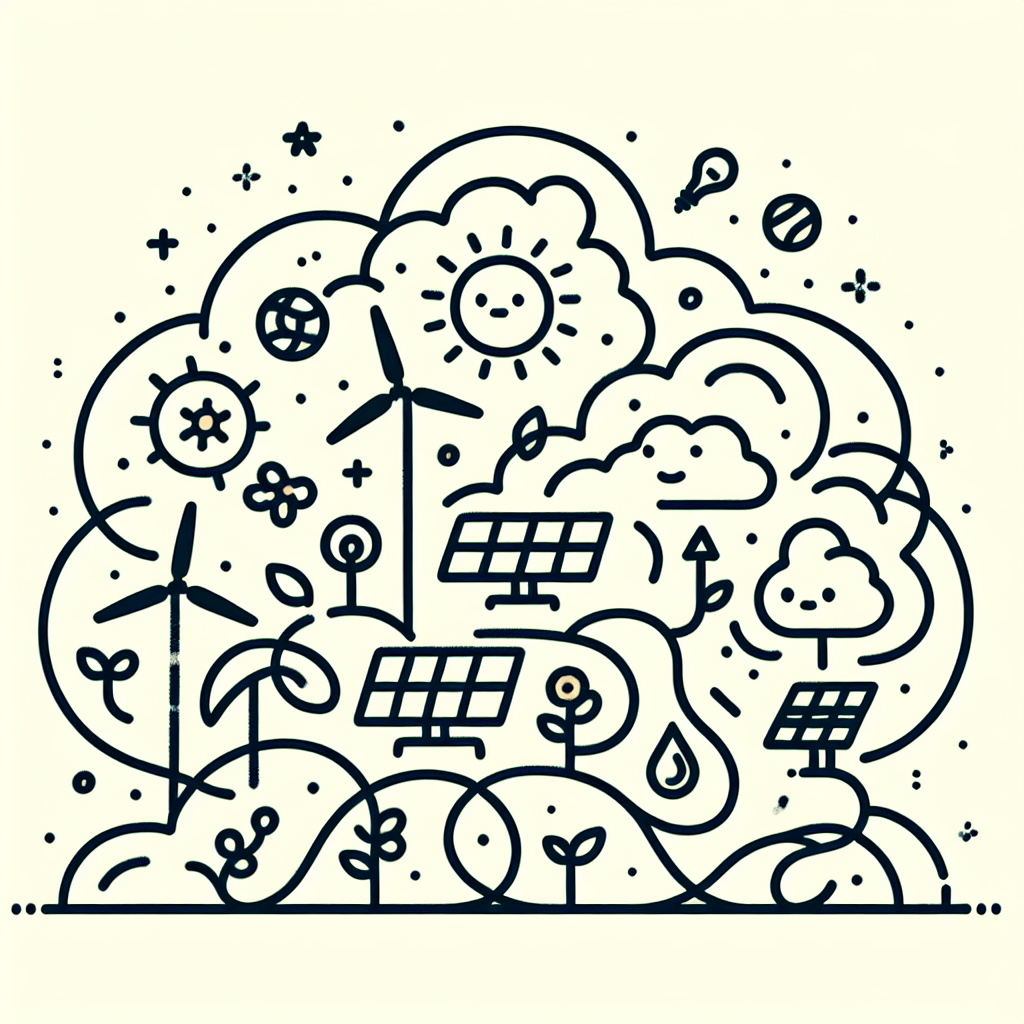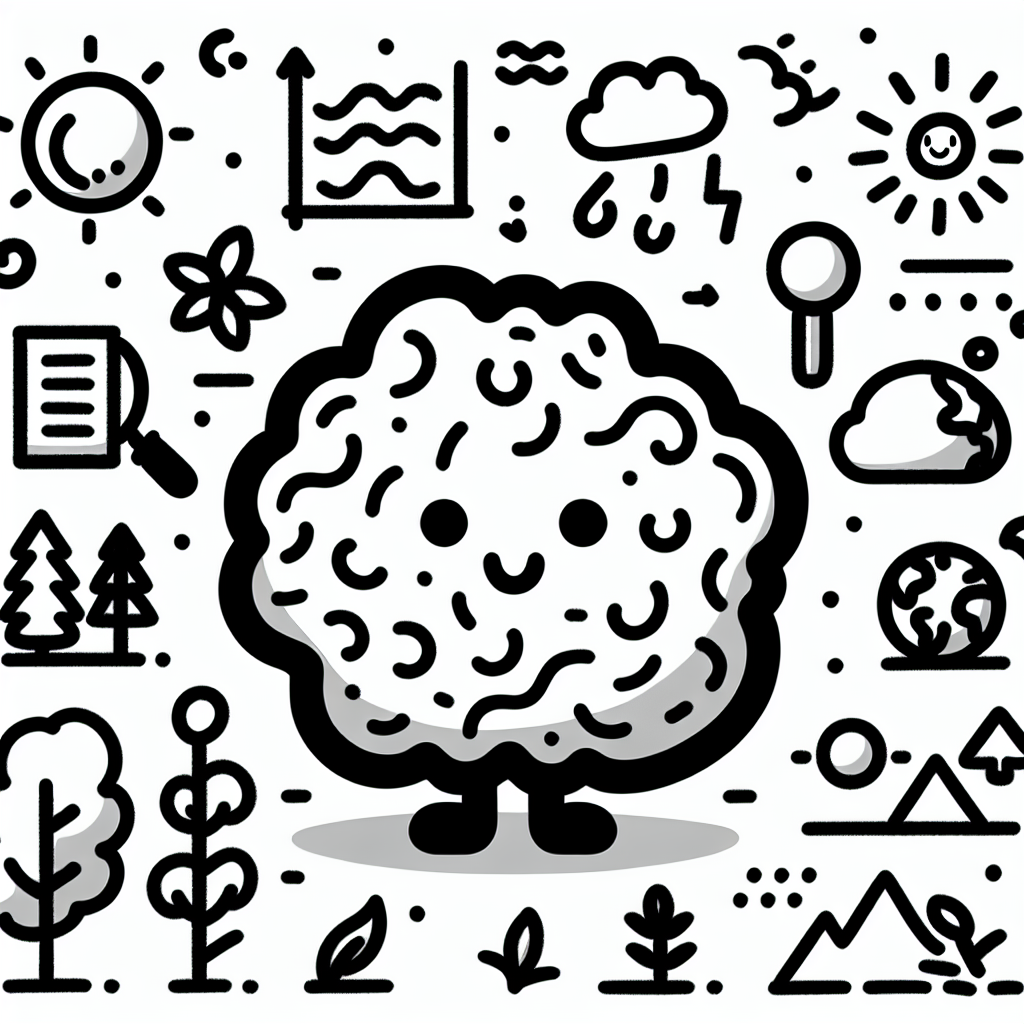Introduction
Environmental science careers are rooted in a multidisciplinary field that integrates biology, chemistry, physics, geology, and social sciences to understand and address environmental challenges. Professionals in this area work to analyze environmental problems and develop sustainable solutions that protect natural resources and human health.
As the global impact of climate change intensifies, the demand for environmental science careers continues to grow. These roles are essential for developing strategies to mitigate the effects of climate change, reduce pollution, and promote sustainable practices across industries. From conducting ecological research to shaping environmental policy, careers in environmental science play a critical role in building a more sustainable future.

The Green Job Landscape: Trends and Projections
Environmental science careers are increasingly driven by the global push toward sustainability. One of the most visible trends is the rapid job growth in renewable energy sectors. According to projections from 2020 to 2030, Wind Turbine Service Technicians are expected to see a 68% increase in employment, making it one of the fastest-growing occupations in the United States. Similarly, Solar Photovoltaic Installers are projected to grow by 52% over the same period (Source).
Beyond renewable energy, environmental science careers are expanding into green infrastructure, energy efficiency, and environmental policy roles. As governments and organizations prioritize climate resilience and carbon reduction, the demand for professionals in these areas continues to rise. This includes planners designing sustainable urban developments, analysts crafting climate policies, and engineers developing energy-efficient technologies. These trends point to a growing and evolving landscape for those pursuing careers in environmental science.

Core Career Paths in Environmental Science
Environmental science careers span a wide range of disciplines, offering professionals the opportunity to address pressing ecological and sustainability challenges. Below are some of the primary roles within the field:
Environmental Scientists and Specialists
Environmental scientists and specialists collect and analyze samples of air, water, and soil to identify sources of pollution and develop strategies to reduce environmental hazards. These professionals often work in government agencies, environmental consulting firms, or private industries. According to 2023 data, the average salary for environmental scientists and specialists is $84,099—over $16,000 higher than the national average
Source
Renewable Energy Technicians
Renewable energy technicians include wind turbine technicians and solar panel installers. These hands-on roles involve the installation, operation, and maintenance of renewable energy systems. They play a crucial part in transitioning to sustainable energy sources and reducing carbon emissions.
Environmental Engineers
Environmental engineers apply engineering principles to design systems and technologies that minimize waste and pollution. They work closely with urban planners, construction teams, and policy makers to ensure that infrastructure and development projects meet environmental regulations and sustainability goals.
Climate Change Analysts
Climate change analysts use data modeling and scientific research to assess the current and projected impacts of climate change. Their work helps inform public policy and corporate strategies aimed at mitigation and adaptation.
Environmental Educators & Communicators
Environmental educators and communicators raise public awareness about ecological issues through teaching, writing, and outreach programs. They often develop educational materials and curricula for use in schools, museums, and community organizations, making environmental science careers more visible and accessible to the public.

Where Science Meets Service: Government and Research Careers
Environmental science careers in government and research agencies offer professionals the chance to apply scientific knowledge in service of public health and environmental protection. These roles often combine fieldwork, data analysis, and policy development to address pressing ecological challenges.
Careers at the U.S. Environmental Protection Agency (EPA)
At the U.S. Environmental Protection Agency (EPA), environmental science careers span research and regulatory functions focused on protecting air quality, water resources, and land use. Scientists, engineers, and technologists work on projects such as monitoring pollution levels, developing sustainable waste management strategies, and enforcing environmental laws. Opportunities at the EPA allow professionals to directly influence national environmental policy and safeguard ecosystems. Explore Opportunities
NOAA Student and Research Opportunities
The National Oceanic and Atmospheric Administration (NOAA) provides a range of educational and professional pathways for those pursuing environmental science careers. NOAA offers internships, scholarships, and fellowships in fields like marine science, meteorology, and environmental policy. These programs support students and early-career professionals in gaining hands-on experience with climate research, ocean monitoring, and weather forecasting. Student Opportunities Database

Navigating Your Career Path: Education, Skills, and Certifications
Pursuing environmental science careers typically begins with formal education. A bachelor’s degree in environmental science or a closely related field such as biology, chemistry, or geology is the foundational requirement for most entry-level positions. For those aiming to work in research, policy development, or academia, an advanced degree—either a master’s or PhD—is often necessary to specialize and gain deeper expertise.
In addition to formal education, certain skills are critical for success in environmental science careers. Proficiency in data analysis and Geographic Information Systems (GIS) is essential for interpreting environmental data and mapping ecological trends. Scientific writing skills are important for producing reports, research papers, and documentation. Strong communication abilities and the capacity to collaborate across disciplines enhance effectiveness in team-based projects and stakeholder engagement.
Certifications and licensure can further strengthen a candidate’s qualifications. The Certified Environmental Scientist (CES) credential demonstrates a recognized level of professional competence. For professionals involved in sustainable design and construction, LEED (Leadership in Energy and Environmental Design) Accreditation is often valuable. Additionally, roles dealing with hazardous materials may require HAZWOPER (Hazardous Waste Operations and Emergency Response) training to ensure safe and compliant practices.

🎓 Learning Resources and Educational Support
Climate Change Educational Resources
Students pursuing environmental science careers can access a variety of trusted educational materials to deepen their understanding of climate change. The U.S. Environmental Protection Agency (EPA) offers a comprehensive suite of resources tailored for both teachers and students. These include interactive tools, lesson plans, and scientific data on climate science, its impacts, and potential solutions. These materials help bridge classroom learning with real-world environmental issues, supporting educators in delivering accurate and engaging content. More information can be found on the EPA Climate Education page.
Experiential Learning
Hands-on experiences are vital for students interested in environmental science careers. Fieldwork allows students to apply theoretical knowledge in real-world settings, such as conducting biodiversity assessments or monitoring water quality. Laboratory research builds critical scientific skills and promotes analytical thinking. Community-based projects provide opportunities to engage with local environmental challenges, fostering collaboration and social impact.
Additionally, internships with government agencies, non-governmental organizations (NGOs), and private sector firms offer valuable exposure to professional practices in environmental science. These experiences can enhance resumes, build networks, and clarify career goals, thereby supporting a strong transition from academic study to the workforce.

📈 Future Outlook: Why Environmental Careers Matter More Than Ever
Environmental science careers are becoming increasingly vital in addressing some of the most pressing global challenges. As the world grapples with biodiversity loss, climate change, and widespread pollution, professionals in this field are essential for developing and implementing solutions that promote sustainability and resilience.
Biodiversity loss continues at an alarming rate, threatening ecosystems and the services they provide. Climate change exacerbates extreme weather events, disrupts food systems, and endangers public health. Meanwhile, pollution—from plastics in oceans to air contaminants—poses serious risks to both human and environmental well-being. Environmental science careers directly tackle these issues through research, policy, education, and hands-on intervention.
More people are seeking careers that align with their values and allow them to make a tangible difference. Environmental science careers offer the opportunity to contribute to meaningful change, combining scientific knowledge with a sense of purpose. Whether working on conservation initiatives, advancing clean energy technologies, or shaping environmental policies, professionals in this field help drive progress toward a more sustainable future.
The demand for environmental expertise spans multiple sectors. Governments rely on environmental scientists for regulation and compliance. Businesses need sustainability experts to reduce ecological footprints and meet stakeholder expectations. Academic institutions conduct research that informs policy and innovation. Nonprofits engage communities and advocate for environmental justice. This wide range of opportunities highlights the growing relevance and versatility of environmental science careers across industries.

📚 Helpful Links & Resources
For those interested in pursuing environmental science careers, the following resources provide valuable information about job trends, salary data, internships, and educational materials:
- Growing Jobs in Environmentally Focused Occupations – U.S. BLS: This blog post from the U.S. Department of Labor highlights the increasing demand for roles in environmental science and related fields.
- Environmental Scientist Salary and Career Data – DataUSA: Offers detailed statistics on wages, employment trends, and educational backgrounds for environmental scientists.
- NOAA Student Opportunities: Lists internships, scholarships, and fellowships for students interested in oceanic and atmospheric sciences.
- EPA Science Careers: Provides information on science-based careers at the Environmental Protection Agency, including job openings and qualifications.
- EPA Climate Change Resources for Educators and Students: Educational tools and resources to help students and teachers better understand climate science as it relates to environmental science careers.

Conclusion
Environmental science careers offer dynamic, impactful, and high-growth opportunities for individuals who are passionate about addressing ecological challenges. As the global focus on sustainability intensifies, the demand for skilled professionals in this field continues to rise. This makes now a pivotal time to pursue a career in environmental science.
Whether you're interested in conservation, environmental policy, or renewable energy, there are diverse paths within environmental science careers that align with a wide range of interests and skill sets. By leveraging available resources, gaining practical experience, and staying informed on industry developments, you can be well-prepared to contribute meaningfully to environmental solutions and make a tangible difference in the world.














